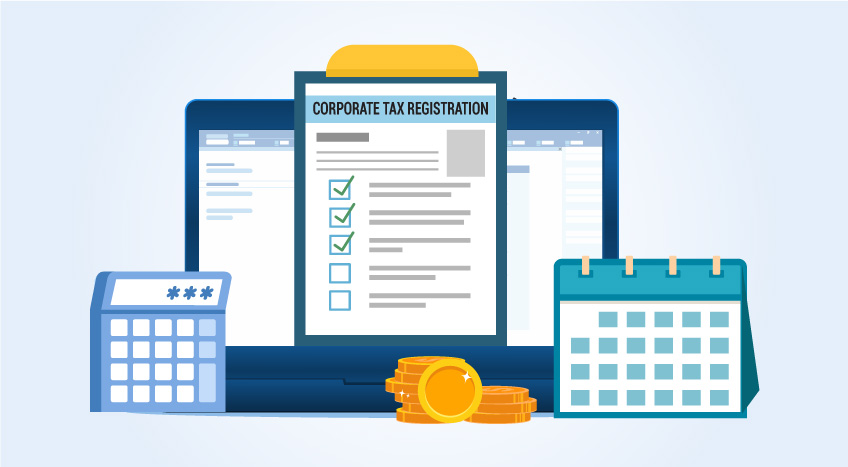Tally Solutions | Updated on: March 14, 2022
In UAE VAT, the supply of goods or services made in a currency other than UAE Dirhams is required to be converted into UAE Dirhams. Especially, for businesses engaged in export of goods or services, issues invoice in other currency, let say US dollar ($), should be converted in UAE Dirhams.
Now the questions to be answered is what is the Exchange rate to be used in the VAT Invoice?
What exchange rate to be used in the VAT Invoice?
The amount stated on the tax invoice should be converted into the UAE Dirham according to the exchange rate approved by the UAE Central Bank on the date of supply. The Central Bank started publishing the exchange rates on 17th May, 2018.
For example, on 15th September, 2018, the invoice is issued for the supply of goods worth 2500 US $. The exchange rate in the VAT invoice should be one that is approved and published by the UAE Central Bank. Let’s say the exchange rate published by UAE Central Bank on 15th September was AED 3.672500. Thus, the US dollar should be converted into UAE Dirhams at 3.672500 and the total amount in AED would be 9181.25.
Click Here to know the exchange rate published by UAE Central Bank
What exchange rate to be used in the VAT Invoice prior to 17th May, 2018?
The Central Bank has begun publishing the exchange rates from 17th May, 2018. Therefore, invoices issued from such date can use the exchange rate published by the UAE Central Bank. Now the worry is what would be the impact on the invoices which were issued prior to 17th May, 2018 when the exchange rate was not published.
Since these invoices are already recorded and the amount is converted into UAE Dirhams using the exchange rate from various other sources (reason being the exchange rate was not published by UAE Central Bank), should the businesses revise the invoice considering the exchange rate available now on UAE Central Bank?
The answer is ‘No’
If any tax invoices are issued in a foreign currency prior to 17 May 2018 and if the amount is converted to UAE Dirham using a reliable source for exchange rates, revision of invoice is not required provided the same source has been used consistently. Examples of reliable exchange rate sources include:
- Thomson Reuters
- Oanda
- Exchange rate published by a UAE bank
On visiting the UAE Central Bank, the historical exchange rates are available on its website for a period prior to 17th May, 2018. As mentioned above, there is no requirement for businesses to reissue historical tax invoices issued prior to 17 May 2018 to show the Central Bank exchange rate, provided the exchange rate used is from a reliable source and the same source has been used consistently.
In the event, a tax invoice is issued post 17 May 2018 but where the date of supply was prior to 17 May 2018, businesses should use the historical rates as published by the Central Bank.
Decimals to be used
Businesses must use the exact exchange rate as published by the UAE Central Bank, which includes using the same number of decimal places as published. For example, if the exchange rate for US Dollars is published as AED 3.672500, the full exchange rate should be used for the purposes of the tax invoice. It is not permitted to round off the exchange rate to fewer decimal places like AED 3.7
Time of Publication
The UAE Central Bank updates the exchange rates on its website each day on or after 6 PM to cover the rate applicable for that day. Where a tax invoice is issued prior to 6 pm on any given day, it will be acceptable to use the exchange rate published on the UAE Central Bank website at the time the tax invoice is raised, i.e. the rate for the day before.
Latest Blogs

How to prepare for UAE corporate tax filing?

How to Register for Corporate Tax in the UAE




